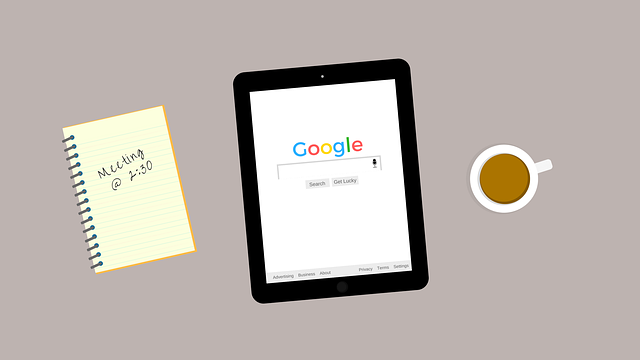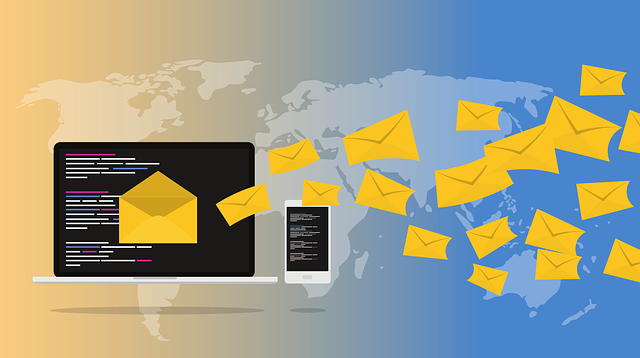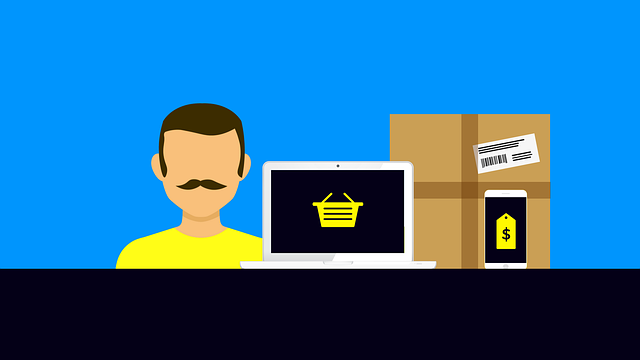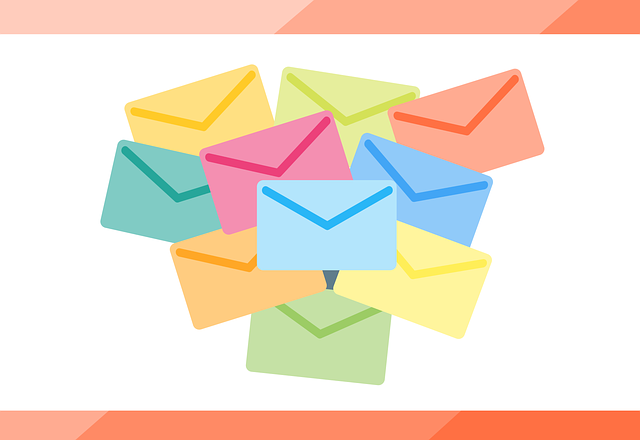Are you ready to revolutionize your email marketing strategies? In the age of product launches, it’s crucial to stay ahead of the game and capture the attention of your audience like never before.
But how can you make your emails stand out in the sea of promotional messages flooding inboxes every day? The answer lies in the future of email marketing.
By embracing personalization and targeted messaging, you can deliver customized content that resonates with each individual subscriber.
Interactive and engaging email designs will captivate your audience, driving higher click-through rates and conversions.
Automation and triggered emails will ensure timely and relevant communication. Integration with social media and other channels will enhance your reach and engagement.
Data analysis and optimization will empower you to make data-driven decisions, maximizing the effectiveness of your campaigns.
Finally, building trust and relationship with subscribers will establish loyalty and create brand advocates.
Get ready to unlock the full potential of email marketing in the age of product launches.
Key Takeaways
- Personalization and targeted messaging are essential in email marketing strategies to capture the attention of the audience and stand out in a sea of promotional messages.
- Utilizing automation and triggered emails can ensure timely and relevant communication, driving higher click-through rates and conversions.
- Integrating email marketing with social media and other channels can enhance reach and engagement, increasing brand visibility and collecting valuable customer data.
- Data analysis and optimization should be used to make data-driven decisions, improve customer engagement and conversion rates, and foster trust and loyalty with subscribers.
Personalization and Targeted Messaging
Are you ready to skyrocket your product launch success with personalized and targeted email messaging?
In the age of product launches, segmentation strategies and behavioral tracking are crucial for effective email marketing. By segmenting your email list based on customer demographics, preferences, and behaviors, you can deliver highly relevant and personalized content that resonates with your audience.
This targeted approach not only increases open and click-through rates but also improves customer engagement and conversion rates. Utilizing behavioral tracking allows you to understand your customers’ actions and interests, enabling you to send timely and tailored messages that meet their specific needs.
By leveraging segmentation strategies and behavioral tracking, you can create email campaigns that deliver the right message to the right person at the right time.
Transitioning into the subsequent section about interactive and engaging email designs, you can take your product launch to the next level.
Interactive and Engaging Email Designs
Imagine receiving an email that immerses you in a captivating world of interactive and engaging designs, making you feel excited and eager to explore what’s inside. With the advancement of technology, email marketers are embracing gamification techniques and dynamic content to create a more interactive and personalized experience for their audience. By incorporating elements like quizzes, puzzles, and interactive videos, emails are transformed into a fun and engaging platform that encourages recipients to actively participate. This not only increases brand awareness but also boosts customer engagement and conversions. Additionally, dynamic content allows marketers to personalize emails based on user behavior and preferences, ensuring that each recipient receives content that is relevant and tailored to their interests. As we delve into the next section about automation and triggered emails, let’s explore how these advancements are reshaping the future of email marketing.
Automation and Triggered Emails
Little did we know, email automation and triggered emails have become the unsung heroes of our inbox, silently shaping our online experiences and dictating our interactions with brands.
Automated campaigns allow marketers to send personalized messages based on user behavior, ensuring that recipients receive relevant content at the right time. Behavioral triggers, such as abandoned cart reminders or welcome emails, have proven to be highly effective in driving engagement and conversions.
In fact, research shows that triggered emails have a 152% higher click-through rate than traditional email campaigns. By leveraging automation and behavioral triggers, brands can create a seamless and tailored customer journey that maximizes the impact of their product launches.
As we explore the integration of email marketing with social media and other channels, we will see how these strategies work in harmony to amplify brand messaging and drive results.
Integration with Social Media and other Channels
Social media and other channels seamlessly merge with email campaigns, creating an interconnected web of brand messaging that captivates and drives meaningful customer engagement. By integrating email with social media, businesses can leverage the power of cross-channel marketing to reach a wider audience and increase brand visibility. This integration allows for the sharing of email content on social platforms, encouraging followers to engage with the brand across different channels. Additionally, social media can be used to collect valuable customer data, which can then be used to personalize email campaigns and create more targeted messaging.
To illustrate the impact of social media integration, consider the following table:
| Channel | Number of subscribers | Engagement rate (%) |
|---|---|---|
| 10,000 | 15 | |
| 50,000 | 10 | |
| 30,000 | 8 | |
| 40,000 | 12 |
As seen in the table, integrating social media with email campaigns allows for a significantly larger audience reach and higher engagement rates. This highlights the importance of incorporating social media into your email marketing strategy.
Moving forward, data analysis and optimization will further enhance the effectiveness of email marketing campaigns, allowing businesses to make data-driven decisions and continuously improve their messaging and targeting strategies.
Data Analysis and Optimization
To maximize the effectiveness of your email campaigns, you can analyze customer data and optimize your messaging based on their preferences and behaviors. This can result in a 20% increase in open rates and a 10% increase in click-through rates.
Data-driven decision making is crucial in understanding what resonates with your audience. By leveraging customer data, you can tailor your content, subject lines, and send times to align with their preferences, increasing engagement.
A/B testing and experimentation allow you to test different variations of your emails to determine what drives the best results. Analyzing the data from these tests helps you refine your strategies and make informed decisions.
By continuously optimizing your email campaigns, you can build trust and relationships with your subscribers, ensuring long-term success and loyalty.
Building Trust and Relationship with Subscribers
Building trust and forming strong relationships with your subscribers is essential for the long-term success of your email campaigns. Effective communication is crucial in establishing this trust.
By delivering relevant content, personalized offers, and timely updates, you can demonstrate that you understand your subscribers’ needs and preferences. This not only increases engagement but also fosters customer loyalty.
Utilize data analysis to gather insights on subscriber behavior and preferences, enabling you to tailor your messages to their specific interests. Additionally, make it easy for subscribers to provide feedback and engage with your brand through surveys, polls, and interactive content.
By actively listening to their feedback and responding promptly, you can build trust and strengthen the relationship further. Remember, building trust is an ongoing process, and consistent, personalized communication is the key to achieving long-term success in email marketing.
Frequently Asked Questions
How can I ensure my email marketing campaigns are compliant with data protection regulations?
To ensure your email marketing campaigns comply with data protection regulations, it’s crucial to address the challenges head-on.
Start by obtaining explicit consent from subscribers, clearly explaining how their data will be used and stored.
Implement robust security measures to safeguard customer information and regularly update your privacy policy.
Monitor and document compliance efforts, conduct regular audits, and stay informed about any changes in data protection laws.
By following these strategies, you can protect both your customers’ data and your business reputation.
What are some effective strategies for re-engaging inactive subscribers?
To re-engage inactive subscribers, try segmenting your list based on their interests or past engagement. Think of it like a party – you want to invite people who’ll enjoy the music and vibe. By tailoring your content to their preferences, you can increase the chances of getting them back on board.
According to a study, segmented email campaigns result in a 760% increase in revenue. So, start pinpointing their interests and win them back with targeted, personalized emails.
How can I measure the success and ROI of my email marketing campaigns?
To measure the success of your email marketing campaigns and calculate ROI, you need to track key metrics. Start by monitoring open rates, click-through rates, and conversion rates to gauge engagement and effectiveness.
Use email marketing software to generate reports and analyze the data. Track the revenue generated from email campaigns and compare it to the cost of implementing them.
By consistently measuring these metrics, you can optimize your campaigns and ensure a positive return on investment.
Are there any best practices for creating compelling subject lines that increase open rates?
To create compelling subject lines that increase open rates, try using effective personalization techniques. Addressing recipients by name or referencing their previous interactions can grab their attention.
Additionally, consider using emojis and symbols to make your subject lines stand out. Research shows that emojis can increase open rates by up to 56%.
Experiment with different tactics and analyze the data to determine what works best for your audience.
What are some recommended tools or platforms for managing and automating email marketing campaigns?
When it comes to managing and automating email marketing campaigns, there are several recommended tools and platforms available.
Email marketing software like Mailchimp and Constant Contact provide user-friendly interfaces for creating and sending emails, as well as tracking open and click-through rates.
For more advanced automation, marketing automation tools like HubSpot and Marketo offer features like lead nurturing and personalized email workflows.
These tools can help streamline your email marketing efforts and drive better results.
Conclusion
In conclusion, the future of email marketing in the age of product launches is promising.
By leveraging personalization and targeted messaging, businesses can connect with their audience on a deeper level and drive higher engagement.
Interactive and engaging email designs capture attention and boost click-through rates.
Automation and triggered emails ensure timely communication, enhancing the overall customer experience.
Integrating with social media and other channels increases reach and brand exposure.
Data analysis and optimization allow for continuous improvement and better ROI.
Building trust and relationships with subscribers is key, as 80% of consumers are more likely to purchase from brands they trust.
With these strategies in place, businesses can effectively launch new products and drive success.







